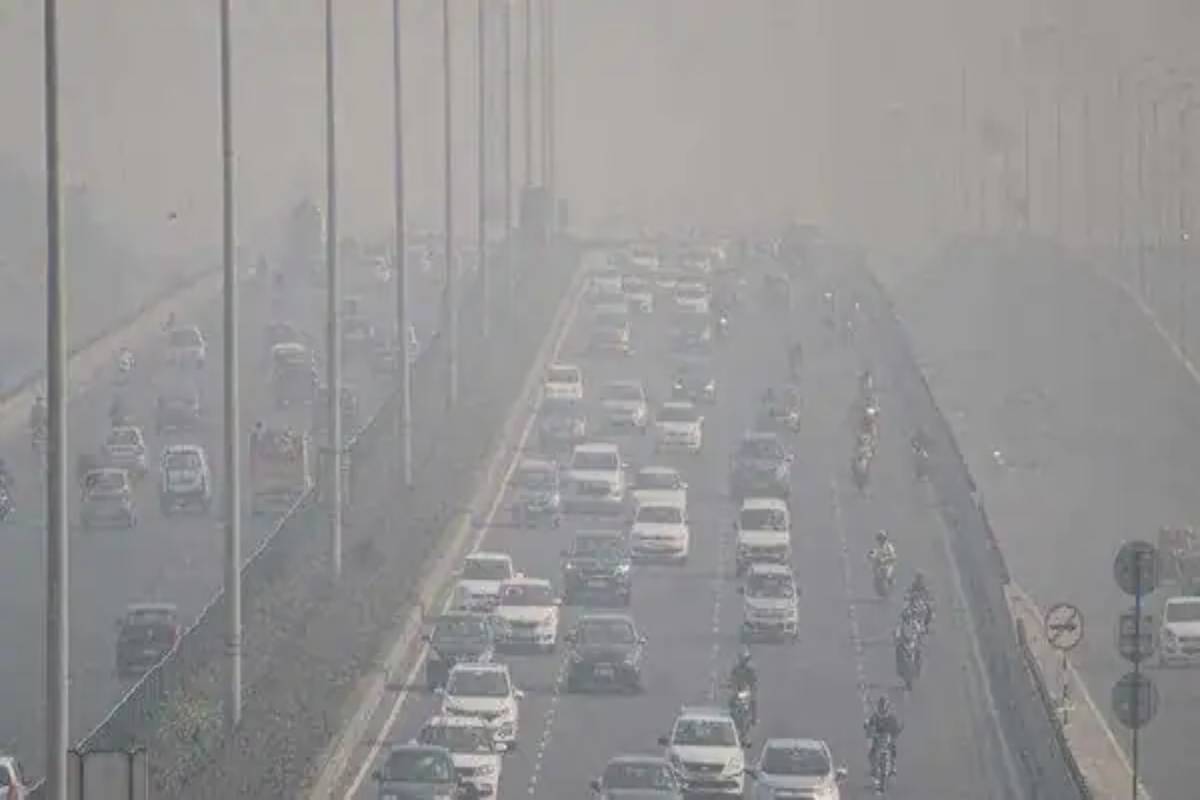Kejriwal govt running on an arbitrary, unconstitutional system: Sachdeva
Addressing a press conference, the Delhi BJP chief said, “The Arvind Kejriwal government operates in an arbitrary and unconstitutional manner.
Once Delhi’s many rulers get past their frequent skirmishes over who really is in charge, and how power must be wielded, they would do well to draw lessons from the Chinese province, instead of indulging in seasonal blame games to explain the air pollution that overwhelms the city

Representation image [File Photo]
Hainan island in southern China occupies roughly two-thirds of the area that Delhi does. Its population is a third of the Indian capital. Yet it has 75,000 charging stations for electric vehicles as opposed to the couple of thousand that Delhi has on paper, for not all of them work all the time. No wonder Hainan, which hosts the annual Boao Forum for Asia, is poised to ban the sale of cars run on fossil fuels by 2030, and to have by that time 45 per cent of all vehicles on its roads run on electric or hybrid power.
Once Delhi’s many rulers get past their frequent skirmishes over who really is in charge, and how power must be wielded, they would do well to draw lessons from the Chinese province, instead of indulging in seasonal blame games to explain the air pollution that overwhelms the city. Hainan has attacked its goal with energy and planning. It has announced that by 2030, all public vehicles will be run on what is called New Energy, and not fossil fuels, and already all its buses and taxis run on electric power. It has also announced hefty subsidies for those buying electric vehicles; and has ensured that charging points are available every couple of kilometres.
Furthermore, it plans zero emission zones in its cities and has announced there will be incentives on parking fees for those using electric vehicles. These efforts have been so successful that Hainan is being asked by other provinces in China to share its expertise. Delhi is one of the most polluted cities in the world and ought to have been at the forefront of efforts to cut down vehicular emissions. Of the 600,000 new vehicles registered in the capital last year, roughly 10 per cent used electric power. But if that number sounds encouraging, it must be borne in mind that most such vehicles were either two-wheelers or three-wheelers, and only 9,000 were four wheelers.
Advertisement
While Chief Minister Arvind Kejriwal has announced an ambitious plan to have 80 per cent of public buses run on electric power by 2025, the pace of implementation is discouraging. It is clear that much more will have to be done to reduce vehicular emissions in the capital, but this is possible only if the Union government, which claims a pre-eminent role in administering Delhi, and the state government choose to be on the same page. That, at present, seems a remote possibility.
Advertisement